3D printing
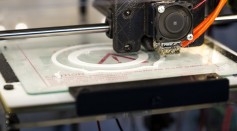
3D Printing Printing May Help Rebuild Coral Reef
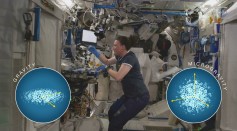
Biomanufacturing is Now Being Tested at the International Space Station

3D Beauty Mask: The Next-Level Beauty Product
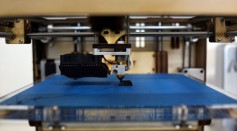
Bacteria Play the Key Role to 3D Print the Bespoke Materials Like Graphene
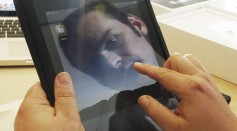
Scientists Develop 3D-Printed Gold And Silver Touchscreen Technology
Scientists Use 3D Printed Eggs to Study the Art of Deception among Birds
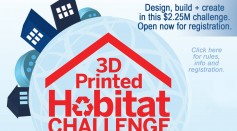
Are You a Whiz At Cad? NASA Offers $2.25 Million Prize for Best Space Habitat Design
TAKE A DEEP BREATH: PATIENTS FIND RELIEF THROUGH 3D PRINTING
NASA and Airforce Rocker Maker Begin Using 3D-Printed Parts
Printing in Fabric—Disney’s Research Division Takes 3D Printing to Another Level
Disney’s New 3D Printing Endeavor Creates a Softer Product Instead
Comfortably Numb—How College Freshmen are Making The Doctor’s Office and Easier Visit
New 3D Printing Technology 100 Times Faster Than Before
Intricate Organic Molecules—Yeah, We Can 3D Print That
Most Popular

How Technology Is Changing the Real Estate Industry?

How a Plant-Based Diet Can Protect Against Breast Cancer: Insights from Nutrition Research

Study Reveals High Turnover in Scientific Research Careers: What This Means for Future Scientists

Nikolay Karpenko Biography, Photo, Career, Accomplishments





